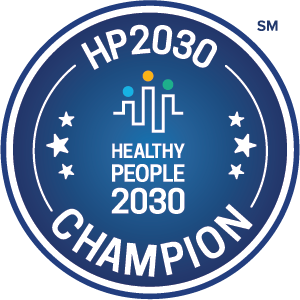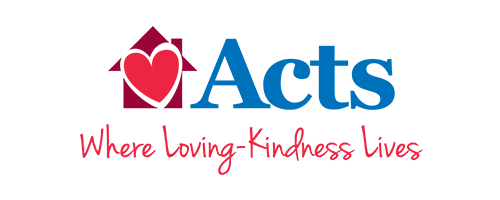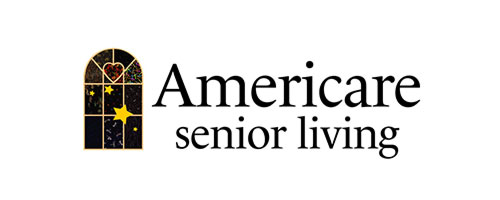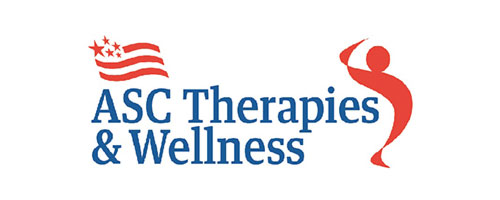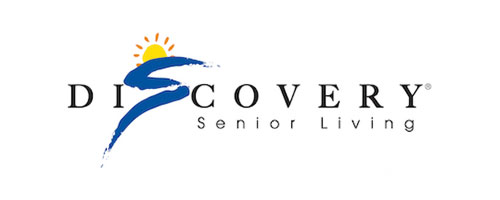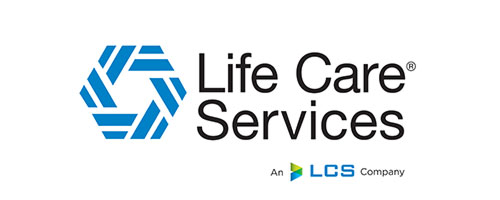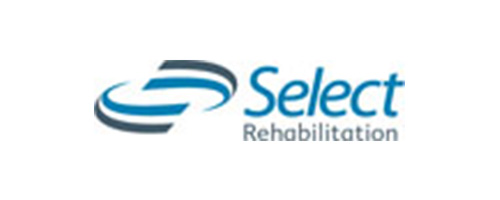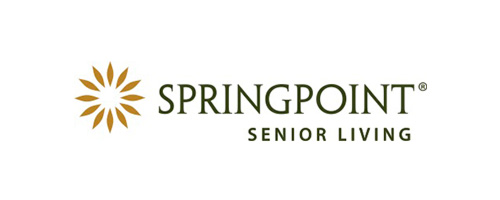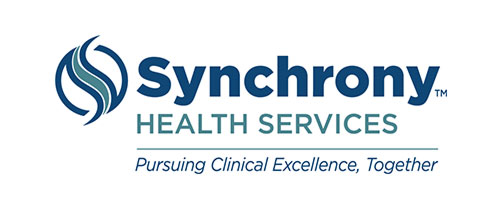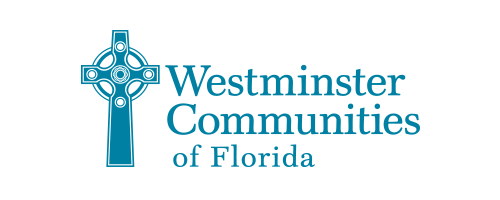Integrating quality nutrition care into MIPS supports active aging
Last year marked the beginning of a new era in the U.S., with office-based physicians and other clinicians caring for Medicare patients moving to be reimbursed through a value-based payment model mandated by the Medicare Access and Children's Health Insurance Program Reauthorization Act of 2015 (MACRA). This value-based payment model--known as the Quality Payment Program (QPP)--includes the Merit-based Incentive Payment System (MIPS) that measures clinician performance based on: quality, costs, advancing care information, and improvement activities.

The structure of MIPS encourages us as clinicians to focus more on preventive care and population health management; shifting the paradigm from rescue and repair to disease prevention and health promotion. Fundamental to the approach is continued movement toward a patient/family-centered health care system that delivers better care, smarter spending, and healthier people and communities, all of which are supportive and participatory for active aging.
As we adjust to the new payment model, the need to fully identify, treat, and document the complexity of patient medical needs and care has become even more important. It is imperative that our complex patients are fully identified as such via appropriate documentation, because this is the basis of coding, billing and data analysis, public reporting, and all other components of Value Based Payments. Alternatively--without the appropriate identification and documentation of patient medical needs--patient-observed measures and health outcomes may be worse and patient spending may be higher than the expected outcomes based on comparisons to a healthier patient population (with lower levels of acuity and intensity of care), which will ultimately impact quality of care and the provider's performance ratings and payments.
Nutrition is one area that is prevention-focused and can significantly impact patient acuity, health outcomes, and costs. Yet as I have seen in clinical practice over the past four decades, poor nutrition is often not identified or treated at all or on a timely basis. It is estimated that every minute, 10 hospitalized patients with malnutrition are not diagnosed, meaning every day 15,000 hospitalized patients with malnutrition go undiagnosed! These patients may often be discharged to post-acute care or home without any identification or treatment of their malnutrition. This is significant because malnutrition can result in many poor outcomes, including greater risks of falls, infections, slower wound healing, and polypharmacy; increased office visits and readmissions; and decreased functionality--all of which can impact patient healthcare satisfaction and active aging. I have hypothesized over the years that unfortunately many patients die as a direct or indirect result of what I call NAIDS (Nutritionally Acquired Immunodeficiency Syndrome).
Integrating quality nutrition care into the MIPS framework will better support active aging and thus benefit patient outcomes and provider performance. Here are several opportunities:

Clinicians report on up to 6 quality measures, including one outcome measure. Nutrition can impact multiple quality measures, such as:
• Diabetes: Hemoglobin A1C Poor Control 001
• Body Mass Index screening and follow-up plan (note: this quality measure for screening and follow-up is for “BMI outside of normal parameters” thus presenting an opportunity to identify both underweight as well as overweight patients) 128
• Documentation of current medications in the medical record (includes nutritional supplements) 130
• Falls risk assessment 154
• Falls plan of care 155
• Falls screening for future fall risk 318
• Unplanned hospital readmission within 30 days of principal procedure 356
• Surgical site infection 357
• Patient-centered surgical risk assessment and communication 358
• All-cause hospital readmission 458
Additional quality measures can be found at https://qpp.cms.gov/mips/quality-measures

The Centers for Medicare and Medicaid Services (CMS) calculates costs by using claims data and comparing resources used to treat similar patient care episodes and clinical condition groups across practices. Because poor nutrition can increase readmissions, complication rates, mortality, and costs of care, there is a real opportunity to impact resource use when patients receive quality nutrition care. Further, for patients with severe malnutrition problems, protein calorie malnutrition may be identified and documented. Protein calorie malnutrition is recognized under the CMS Hierarchical Condition Category model as a condition for potential cost risk adjustment, but the condition must first be diagnosed and then documented in the patient record.

Measures in this area focus on incentivizing providers to adopt and use certified electronic health record technology which can include electronic prescribing, sending summaries of care, and providing patient access. While there are no measures specific to nutrition, it is a best practice for nutrition-related data to be included in all electronic health record platforms, so information about a patient's nutrition status is visible and accessible and malnutrition or risk for poor nutrition can be proactively addressed in the patient's care plan, particularly during care transitions. If feasible, also consider opportunities for electronic ordering of specialized nutrition support (tube feeding and/or total parenteral nutrition) as well as opportunities for adding automatic malnutrition referrals, consults, and alerts.

These are actions that advance clinical practice and care delivery and support improved health outcomes. Clinicians report on specific improvement activities focused on better care coordination, beneficiary engagement, and patient safety.
For 2018, CMS added nutritional screening as an example of a measure that would demonstrate performance activities for "employing patient-reported outcome (PRO) tools and corresponding collection of PRO data" (IA_AHE_3). One example of a validated nutrition screening tool that could be used is the Malnutrition Screening Tool based on historical weight loss over time and decreased appetite.
Other improvement activities potentially related to nutrition include:
• Implementation of practices/processes for developing regular
individual care plans (updated for 2018) IA_CC_9
• Regular review practices in place on targeted patient population
needs (updated for 2018) IA_PM_11
• Patient navigator program (new for 2018) IA_CC_17
• Implementation of condition-specific chronic disease self-management
support programs IA_BE_20
• Implementation of fall screening and assessment programs IA_PSPA_21
Full implementation of MIPS is still underway. Yet with this new payment system based on performance metrics, patient experience, patient outcomes, and public health improvement, there is an unprecedented opportunity to increase our focus on areas such as nutrition that can directly impact patient acuity and health outcomes. Integrating nutrition care across all four areas of MIPS measurement can help assure that patients benefit, quality care is delivered, and active aging is fully supported!
The landscape of healthcare and MIPS is constantly changing during the metamorphosis from volume to value. To keep abreast of these changes consider subscribing to updates and frequently checking
https://qpp.cms.gov . Another useful link is:
https://www.cms.gov/Medicare/Quality-Payment-Program/Resource-Library/2017-MIPS-101-Guide.pdf
And Remember:
"If you rest you rust" and "If you don’t use it you lose it!" Whatever activity you choose, goza la vida! (Enjoy life!)
Albert Barrocas, MD, FACS, FASPEN
Adjunct Clinical Professor of Surgery, Morehouse School of Medicine, Atlanta, Georgia
Board of Advisors and Latin American Ambassador, American Society for Parenteral and Enteral Nutrition
Support for this blog provided by Abbott.
Note: This information is not intended to replace a one-on-one relationship with a qualified healthcare professional and is not intended as medical advice. It is intended as a sharing of knowledge and information from research. The view expressed here are not necessarily those of the ICAA, we encourage you to make your own health and business decisions based upon your research and in partnership with a qualified professional.
Share


